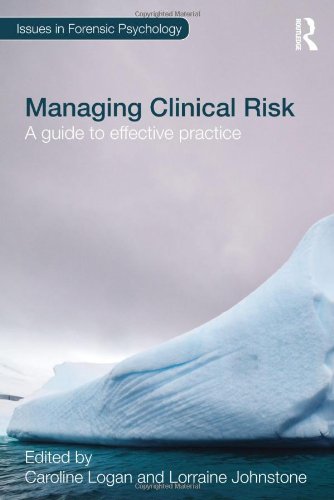

Most ebook files are in PDF format, so you can easily read them using various software such as Foxit Reader or directly on the Google Chrome browser.
Some ebook files are released by publishers in other formats such as .awz, .mobi, .epub, .fb2, etc. You may need to install specific software to read these formats on mobile/PC, such as Calibre.
Please read the tutorial at this link. https://ebooknice.com/page/post?id=faq
We offer FREE conversion to the popular formats you request; however, this may take some time. Therefore, right after payment, please email us, and we will try to provide the service as quickly as possible.
For some exceptional file formats or broken links (if any), please refrain from opening any disputes. Instead, email us first, and we will try to assist within a maximum of 6 hours.
EbookNice Team

Status:
Available5.0
31 reviewsViolence directed towards others and violence directed towards oneself cause an immense amount of physical and psychological damage – to the harmed and the harmful person alike, to their families, and to the public at large. Managing clinical risk is an authoritative manual for practitioners working with harmful men, women, and young people, containing up-to-date information and guidance on what to do and how they can assess and manage clinical risk, communicate their concerns about risk, and account for their decisions about risk management to their clients and to the Courts.
This book provides an evidence-based understanding of risk in key areas of practice – violence, sexual violence, firesetting, suicide, and self-harm, working with individuals and organisations alike – and among special groups: women, young people, serving and former military personnel, clients with comorbid presentations, and clients with cognitive impairment. Further, it suggests and describes the skills practitioners need to understand and communicate their concerns to all who need to know about them through coverage of interviewing and risk formulation skills.
This is a guidebook to effective practice. All its contributors have a record of research, practice, and considered thinking in the area of clinical risk assessment and management. They all have a wide range of knowledge and experience about the notion of risk, conducting risk management in real world mental health, correctional, and community settings, and about working with clients with a label of high risk. Together, they combine theoretical and research knowledge with a wealth of practical skills in care and management, emphasising the collaborative and recovery-focused nature of modern risk management.